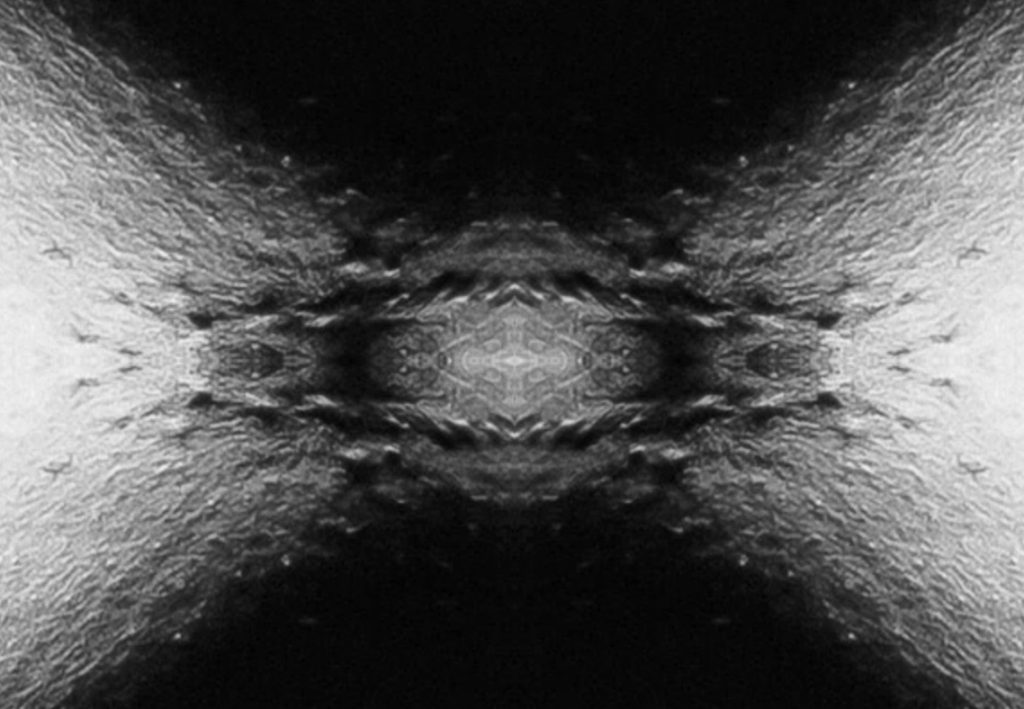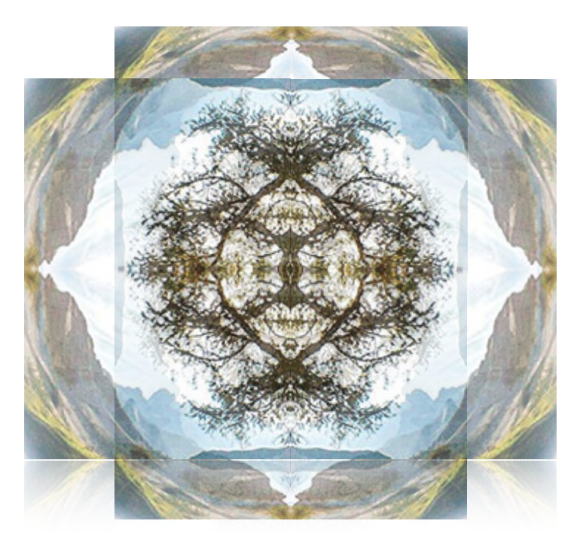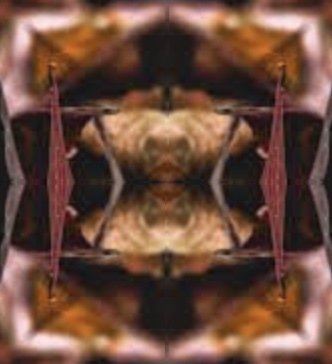We are now in a position to make some connections.

At the end of a much earlier post, I have posed the question whether there is a reason behind the fact that the archetype of a hidden meaning (the archetype of spirit) appears sometimes personified (as Wise Old Man etc.) and sometimes as synchronicity (whether that means as Jung’s supposed “principle” or simply as de facto appearances of synchronicities: meaningful coincidences). With the insights gathered in my recent series of postings, there is now a new way of addressing that question: personifying is a mark of soul, and whenever spirit appears personified, we are dealing with some sort of overlay. The paradigmatic case would be the underworld journey, where spirit is sought (and found) in and through the archetypal realm of soul itself. (I recently outlined this particular connection here.)
Moreover, this also allows us to formulate a fourth account of the “why” of the underworld journey itself. That issue (the question why a gradual distancing from the external world with its social connections would be a form of soul-making) can now be seen in a different light: for if it is spirit (rather than soul) which is sought out in the nekyia, this might also be the reason why a distancing from the external world is required. At least such a notion is in line with much of what we know about spirit-work. (Obviously, a difficult question still remains why it is even possible to find spirit in the realm of soul.)
Finally, the question of whether a return trip is required appears in a different light, too. For if it is spiritual knowledge that is acquired in the underworld journey, it will in turn have to be abstracted out of these soul connections:
Although spiritual disciplines may begin with personifications of the goal and may stress the importance of community and the master, these personifications must later be dissolved in experiences of higher abstraction and objectlessness. (MA 26)
(This, of course, applies only if we accept Hillman’s general picture of the distinction between spirit and soul.)



